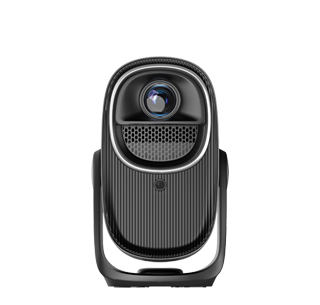
Optical projectors, with their roots in traditional projection technology, have evolved significantly over the years while still relying on the fundamental principles of light manipulation to display images. These projectors use a combination of lenses, mirrors, and light sources to project an image onto a screen, offering a unique set of features and capabilities.
The light source is a crucial component of optical projectors. Traditional optical projectors often use lamps, such as metal - halide or UHP (Ultra - High - Pressure) lamps, which produce a bright white light. However, in recent years, laser light sources have become increasingly popular. Lasers offer several advantages, including a longer lifespan, more consistent brightness over time, and the ability to produce a wider color gamut. With a laser light source, optical projectors can maintain high - quality image projection for thousands of hours without the need for frequent lamp replacements, reducing maintenance costs and downtime.
Optical projectors also feature advanced lens systems. The lens is responsible for focusing the light and shaping the projected image. High - quality lenses are made from precision - ground glass elements and are designed to minimize optical aberrations, such as distortion, chromatic aberration, and vignetting. Different lenses offer various throw ratios, which determine the size of the image based on the distance between the projector and the screen. Short - throw lenses are ideal for small rooms or spaces where the projector needs to be placed close to the screen, while long - throw lenses are suitable for larger venues. Some optical projectors also come with zoom lenses, allowing users to adjust the size of the projected image without physically moving the projector.
In terms of image projection technology, optical projectors can use different methods. Liquid Crystal Display (LCD) projectors are one of the most common types. They work by passing light through a series of LCD panels, each corresponding to the red, green, and blue color channels. The LCD panels modulate the light, controlling the amount of light that passes through to create the image. LCD projectors are known for their accurate color reproduction and relatively low cost. Digital Light Processing (DLP) projectors, on the other hand, use a digital micromirror device (DMD). The DMD consists of millions of tiny mirrors that can tilt to reflect light towards the screen or away from it, creating the pixels of the image. DLP projectors offer fast response times, excellent contrast ratios, and smooth motion handling, making them popular for gaming and action - oriented content.
Optical projectors also vary in terms of their applications. They are widely used in education, where they are used to display presentations, videos, and educational materials in classrooms. In the business world, optical projectors are essential for meetings, conferences, and training sessions, allowing presenters to share information on a large screen. In the home entertainment sector, optical projectors can transform a room into a home theater, providing a large - screen viewing experience for movies, sports, and gaming. With continuous technological advancements, optical projectors continue to improve in terms of image quality, energy efficiency, and functionality, remaining a popular choice for a wide range of projection needs.
Read recommendations:
HW30 Home Cinema - HW Series Projector
Projector Screen Horizontal Keystone Correction
350ANSI Projector solution
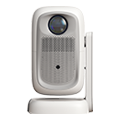




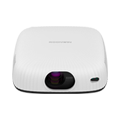
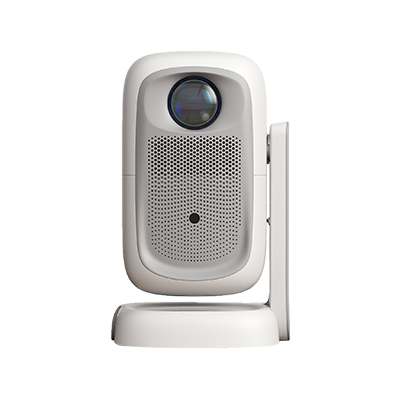

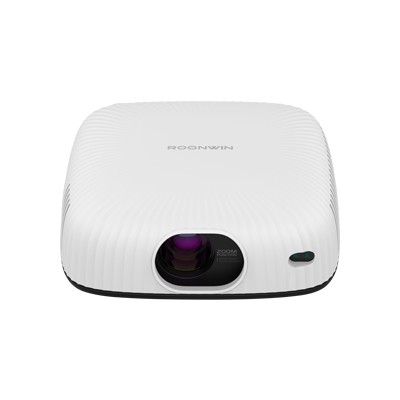









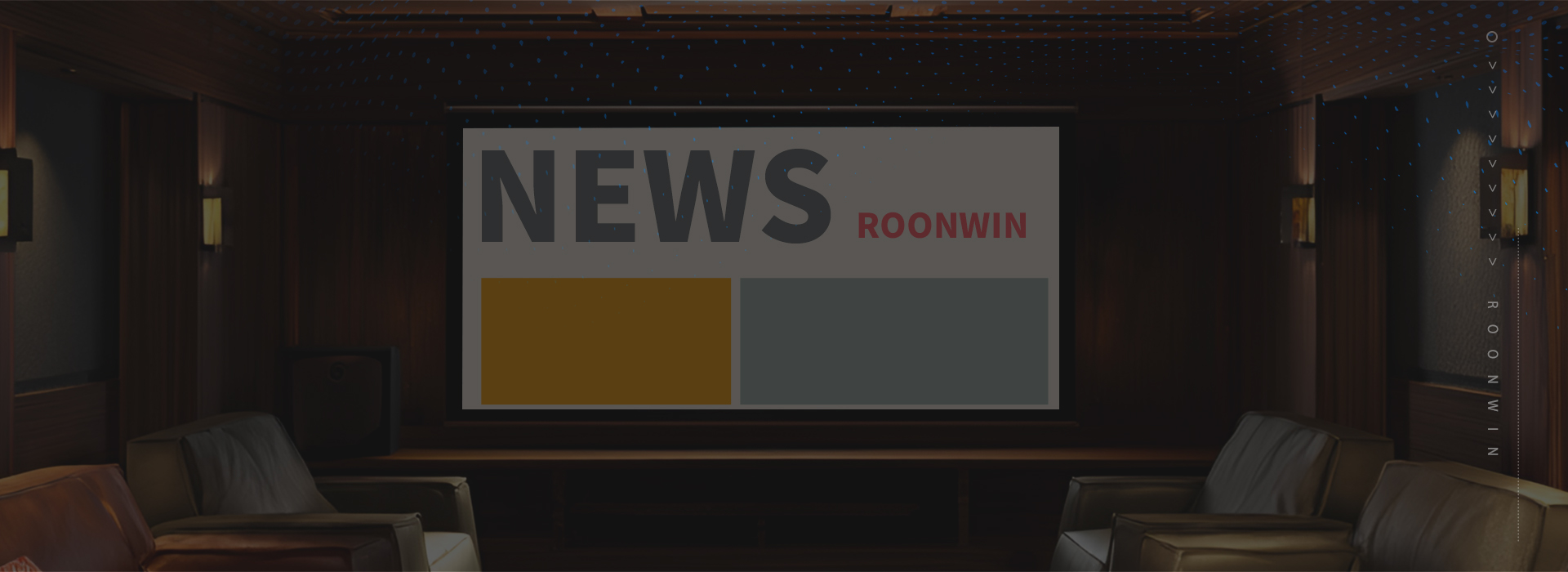

 Reviewed:
Reviewed:











